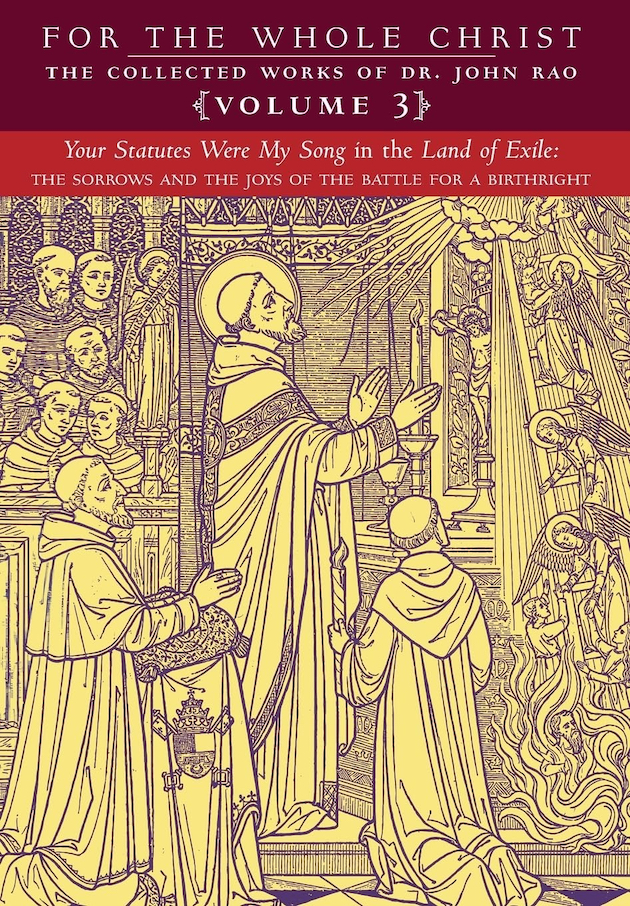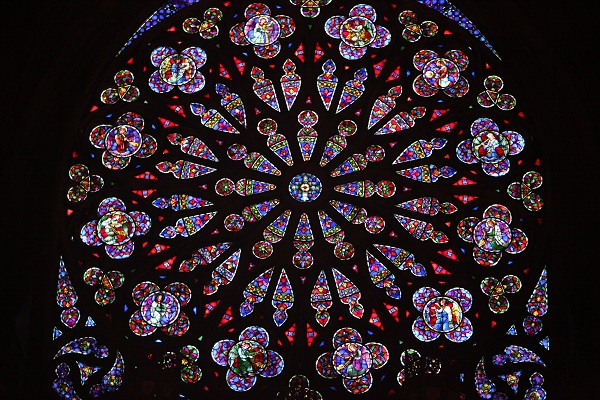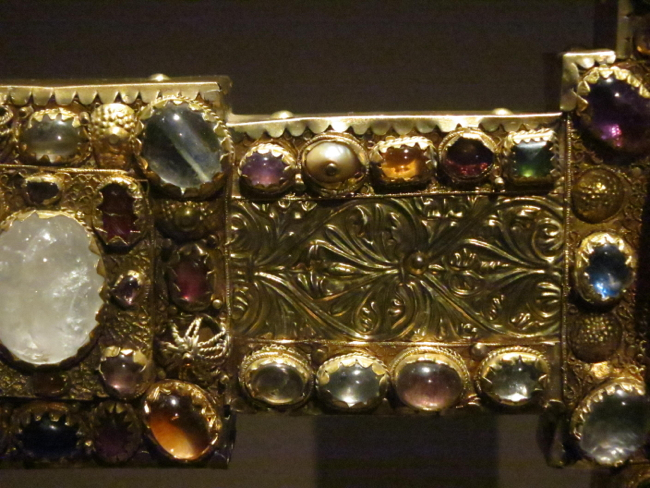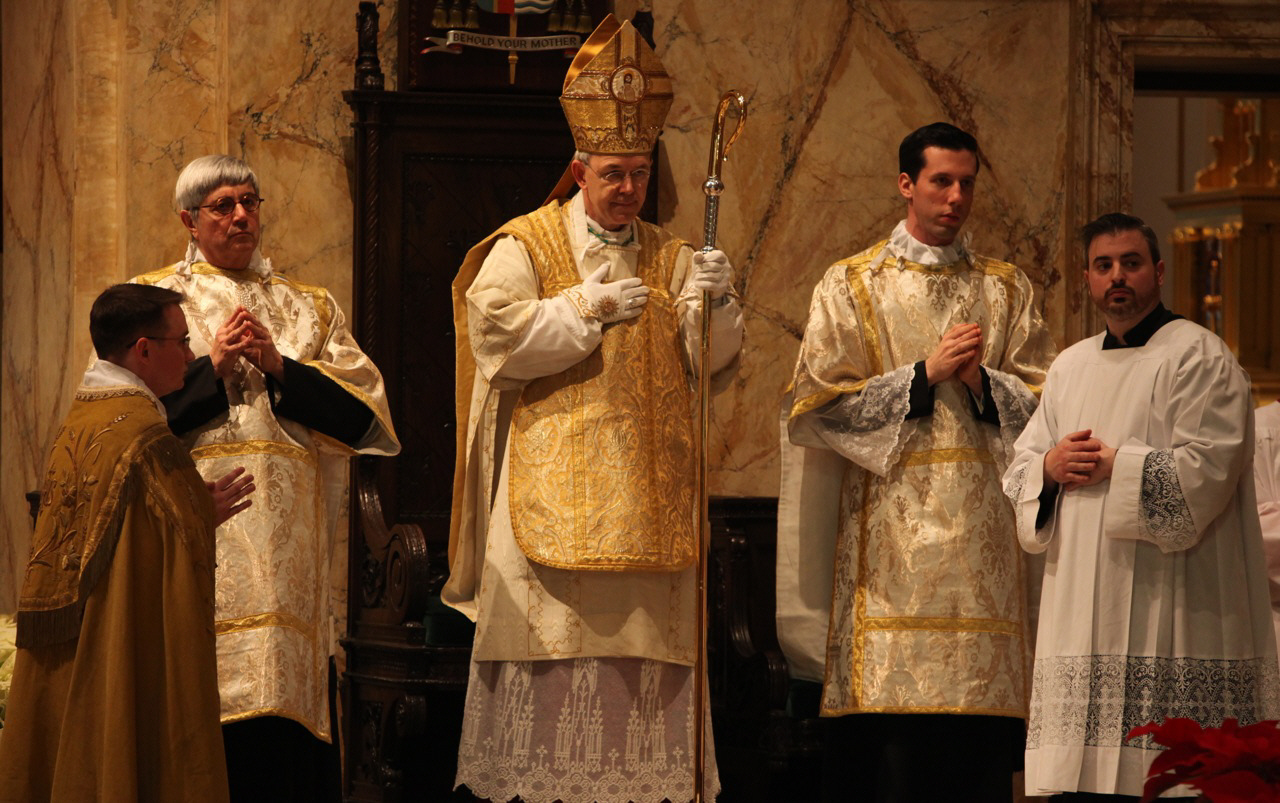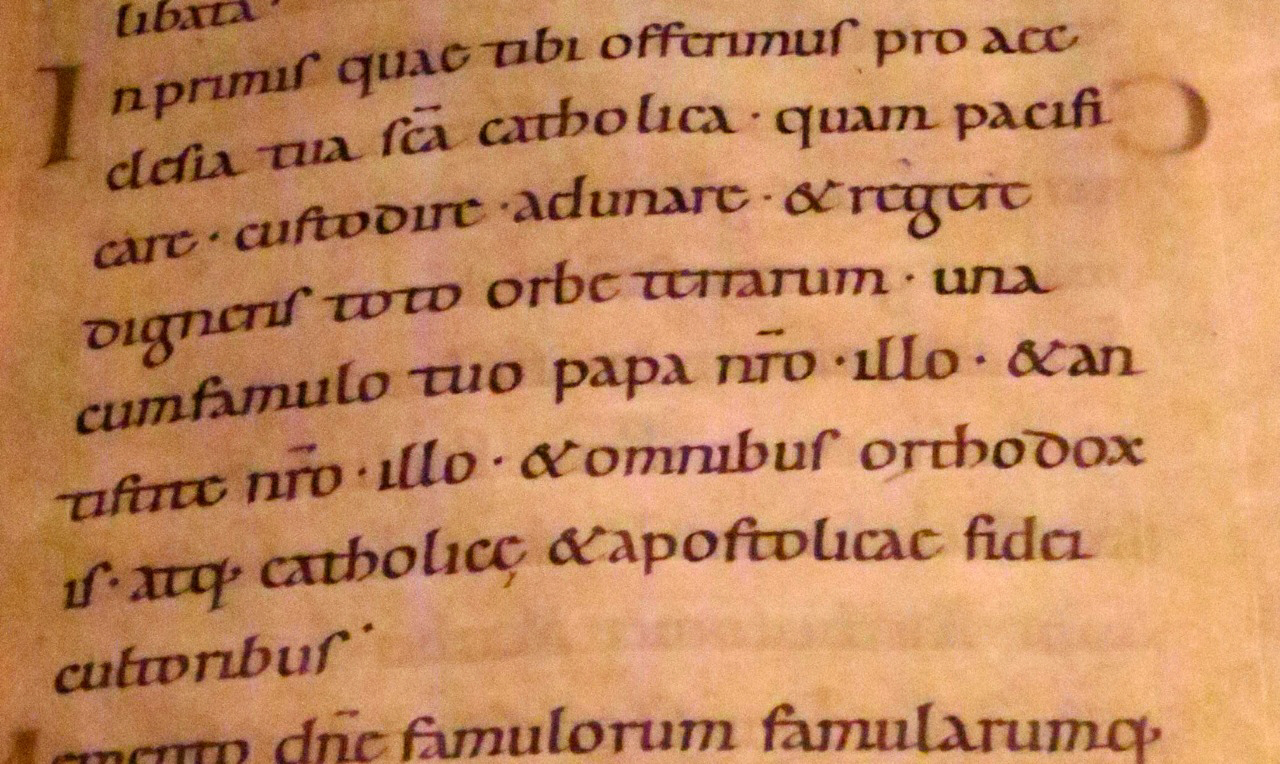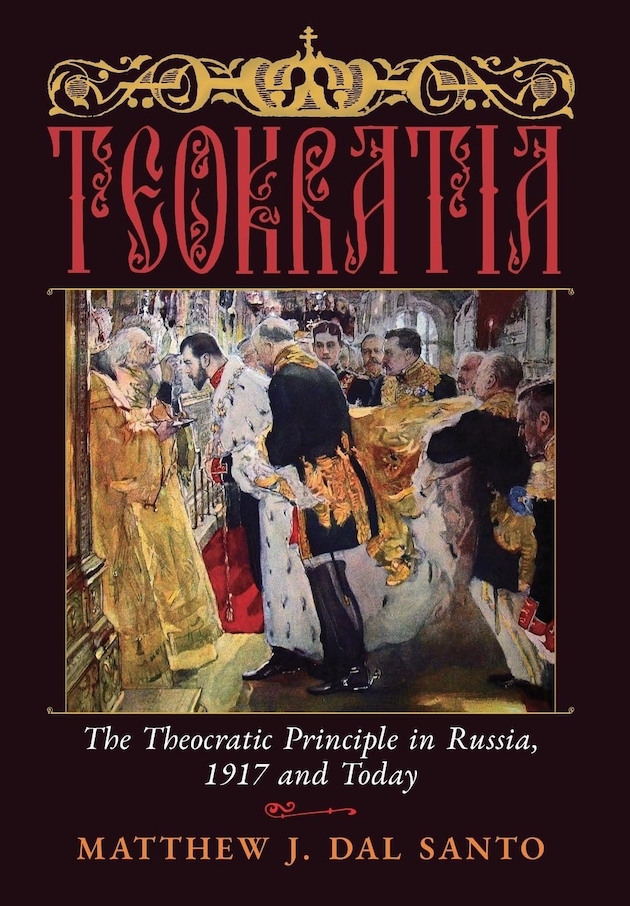
Teokratia: The Theocratic Principle in Russia, 1917 and Today
By Matthew J. Dal Santo
527 pages
2025 Angelico Press, Brooklyn, NY
Teokratia is a unique contribution to the Christian theory of the state and society. Right at the start I should say that “Teokratia’ – theocracy – in the East is not the same as its Western equivalent. In the West theocracy has connotations of rule by the clergy: the papacy in the High Middle Ages or the Calvinist clergy in Geneva or, later, colonial New England. In the East theocracy means, literally, the rule of God over the Church but also over the ruler and the state. The ruler derives his authority directly from God. Therefore, the ideal is harmony between these two powers – church and state – without the one dominating the other. You don’t have to be an expert in history to realize that this resembles strongly the relationship between the eastern Roman emperors and the Christian Church that developed after Constantine. Of course, as in ancient Constantinople, in Russia the state was by far the stronger partner.
Dal Santo structures his book around several distinct narratives. First, he sets forth Russian theological theory and attitudes towards the state as exemplified by the works of Sergei Bulgakov. Second, Teokratia is a history of the reign of the last tsar, Nicholas II, and attempts to understand and to a great extent justify his rule. Third, the author recounts his personal journey to Russia – and some adjacent areas that were in the Russian Empire in Nicholas’s time. Dal Santo follows the trail of Nicholas II and his family by visiting the places decisive in their life, such as the Crimea, where they lived, and Yekaterinburg where the Tsar and his family were killed. This journey is not just a travelogue of historical sights but also, in a series of discussions with ordinary Russians, a quest to gauge the relevance of “Teokratia” to Russia today. What do present-day Russians think of Nicholas II? And what is the role of the Orthodox Church in present day Russia?
Of course, starting with the Russian Orthodox Church Outside of Russia, Nicholas and his family have now been glorified (canonized). The author finds their icons in churches homes and chapels. And the imperial family is the subject of increasing devotion. Indeed, Dal Santo attributes the resurgent Christianity of Russia today to the presence and intercession of these saints. It is noteworthy that the patriarchate of Moscow, at least initially, distinguished the Romanov family from “martyrs” by calling them “passion-bearers,” a somewhat lesser title. That does not seem to make much of an impression upon the many devotees of the imperial family.
The author interprets this recovery of interest in the Romanovs as a development consequent to the collapse of the Soviet Union, which had repressed all inquiries into the life of Nicholas II. I’m in a position to offer a minor correction in that regard. For in 1973 upon my own visit to the Sts. Peter and Paul fortress in then-Leningrad I heard an ordinary Russian directly inquire of the official guide if Nicholas II was buried there. He was told that, no, he was not resting there among his ancestors.
A leading figure in this book is Sergei Bulgakov who, following the experience of a personal epiphany, turned from a secularist to a fervent believer in the Orthodox Church and in autocracy. Throughout the book the writings of Bulgakov provide commentary on the course of Nicholas’s reign. Although he became a fervent supporter of the principle of autocracy, Bulgakov was hardly uncritical regarding the political decisions of the Russian government.
Sergei Bulgakov was one of a group of thinkers and writers, associated with the publication of the collection of essays Vekhi in 1909, who fought for a recovery of the Russian spiritual tradition. They built on the legacy of Dostoevsky and Solovyov, among others. This group of intellectuals was, however, too late to breathe new intellectual and spiritual life into the Orthodox Church before disaster struck.
Throughout this book Dal Santo takes us though critical stages in the reign of Nicholas II. It’s less a political than a spiritual journey – often focusing on major liturgical celebrations. Teokratia reveals the sincere piety of Nicholas and his overwhelming sense of duty.
Of great interest to Catholic traditionalists should be the objective, liturgical nature of the Tsar’s religious life.
From a young age, participating in the liturgies of Church and observing the feasts and fasts of the liturgical year, Nicholas was captivated by the sensuous beauty of the chants, incense, candles, and icons, and only later was he instructed in the intellectual tenets of Orthodoxy. Indeed, having absorbed the elements of Orthodox family life at home with his parents, Nicholas seems to have approached Orthodoxy as a ritual world to be enjoyed, rather than as an intellectual proposition to be assented to or a moral code to be rigidly observed.(Teokratia, p.39)
In this “aliveness” to the Divine Liturgy, and their response to the Church’s sacramental and liturgical rites as something utterly real and transformative, Nicholas II and Bulgakov were one, and they were so often in isolation from their contemporaries, even Orthodox ones, who tended to downplay it as an empty, malleable ceremony. Indeed, if we have lingered so long here on the liturgy, it is because looking for the source of Nicholas’s own conception of Russia as a Teokratia, it is to the liturgy that we should turn. (Teokratia p.164)
The narrative culminates in a lengthy, horrifying but often moving description of the imprisonment, suffering and ultimately murder of Nicholas and his family in 1917-18.
Dal Santo defends Russia and Russia culture, now subject to such calumny and denigration by the dominant media, political, and academic forces of the West. In Western caricatures Russians today play a demonic role similar to that traditionally reserved to the Germans (or Confederate Southerners).Dal Santo, however, describes an entirely different picture – also in territories recovered by Russia, like the Crimea. Throughout the book there are entertaining accounts of meetings with ordinary Russians. Above all, Dal Santo demonstrates by many examples the religious recovery currently in progress everywhere in Russia.
Now at times Dal Santo takes his enthusiasm for Nicholas II and his defense of Russian history and culture a bit too far. In the case of Nicholas, for example, a principled feeling of dependence upon God and the rejection of atheistic alternatives to rule by divine delegation do not necessarily translate into competent decision making in political affairs. Nicholas’s choice of ministers, generals and advisors was extremely mixed. If Nicholas wished to return to the spiritual foundations of Russia also in political matters, that policy was undermined by his continuing alliance with freemasonic France, the most overtly atheistic power at that time in Europe.
We cannot say that the actions of Nicholas in pursuing the war against Japan in 1904 and, even more so, entering the war in Western Europe in 1914 were anything but disastrous. Interestingly, the much-maligned Rasputin seems to have had a much clearer insight into the consequences of latter decision than did Nicholas and his government. I doubt that the occupation of Galicia by the Russian army in 1914-1915 was in all respects the triumphant popular progress Dal Santo describes. Nor do I think that many military historians would share Dal Santo’s opinion that in December 1916 the Russian army had finally reached a successful stage in its 2 1/2 years of war.
Above all, Nicholas seemed utterly unable to convey to his officials his spiritual vision for the Russian state and people. The ruling circles of Russia completely misunderstood their emperor. Later, in the case of many, this alienation hardened into contempt and even outright hatred.
The traditionalist Catholic writer Cristina Campo had, already in 1971, eloquently summarized the spiritual vision of Nicholas II as well as the tragic dilemma he lived through:
“In a celebrated photograph, the last emperor of Russia wore the costume of one of his holy ancestors [Tsar Alexei Mikhailovitsch of the 17th century]. The high symmetry of the ample sleeves of purple satin is mysteriously replicated on his breast by the golden wings of a two-headed eagle…. All this speaks more than many pages of the mystical audacity of this unhappy sovereign, the last purely Muscovite Tsar, who tried, without intellectual arms, without political genius, without the help of a single human being, to return the Enlightenment autocracy of the Romanovs of St. Petersburg to its Russian archetype of a pure religious destiny… Empires fall when the education of princes yields to bourgeois inertia with its obstinate superstitious ignorance of the spiritual roots of all rule.” 1)
Dal Santo outlines an understanding of the role of the state and of the church radically different from that which prevails in the West today. Teokratia is completely at odds not only with the modern regimes of the West, but also with the political theories, such as “sound laicity,” which, after Vatican II, the Catholic Church has adopted as its own dogma. For instance, what would Russell Hittinger of the Catholic University think of this book?– he has proclaimed “separation” (of church and state) as being the founding political principle of Christianity.
Teokratia makes clear the impossibility of establishing a Western secularist regime in Russia. And that is a good thing! For, beyond the spirituality and political philosophy of Russia, Teokratia has much wider relevance. For Dal Santo describes the course of history as essentially a theological struggle. Drawing on the thought of Augusto Del Noce, Dal Santo Shows that the atheistic principles manifested in the Russian revolution have actually been more completely realized in the modern secular West. Moreover, since the West’s “victory” in 1989-91, the logic of revolutionary secularization has been ever more widely extended (Teokratia at pp. 21-22). For example, the revolutionary movement in the West has led to the total loss of symbols, destroying man’s ability to perceive reality – including political reality. In the East, however, symbols (like the icons!) and symbolic theology are indispensable in Orthodoxy. The above-mentioned Cristina Campo would have acknowledged the similarity of these thoughts to her own! But we are going too far afield. I do need to end my discussion of the remarkably rich book – I leave the rest to be discovered by the reader.
- Campo, Cristina “Con Lieve Mani,” in Gli Imperdonabili at 98-99 (Adelphi Edizioni, Milano, 1987). (my translation). Campo seems to be mixing together several photographs of Nicholas II – such as those taken in1903 at a grand ball in 17th century Russian costume. See, e.g., 1903 Ball in the Winter Palace, Wikipedia. I think the specific image Campo is describing is this: https://tsarnicholas.org/2025/08/06/moscow-artist-breathes-new-life-into-russias-last-tsar/nicholas-ii-in-old-russian-falconer-costume-николай-ii/(All accessed 12/7/2025)


